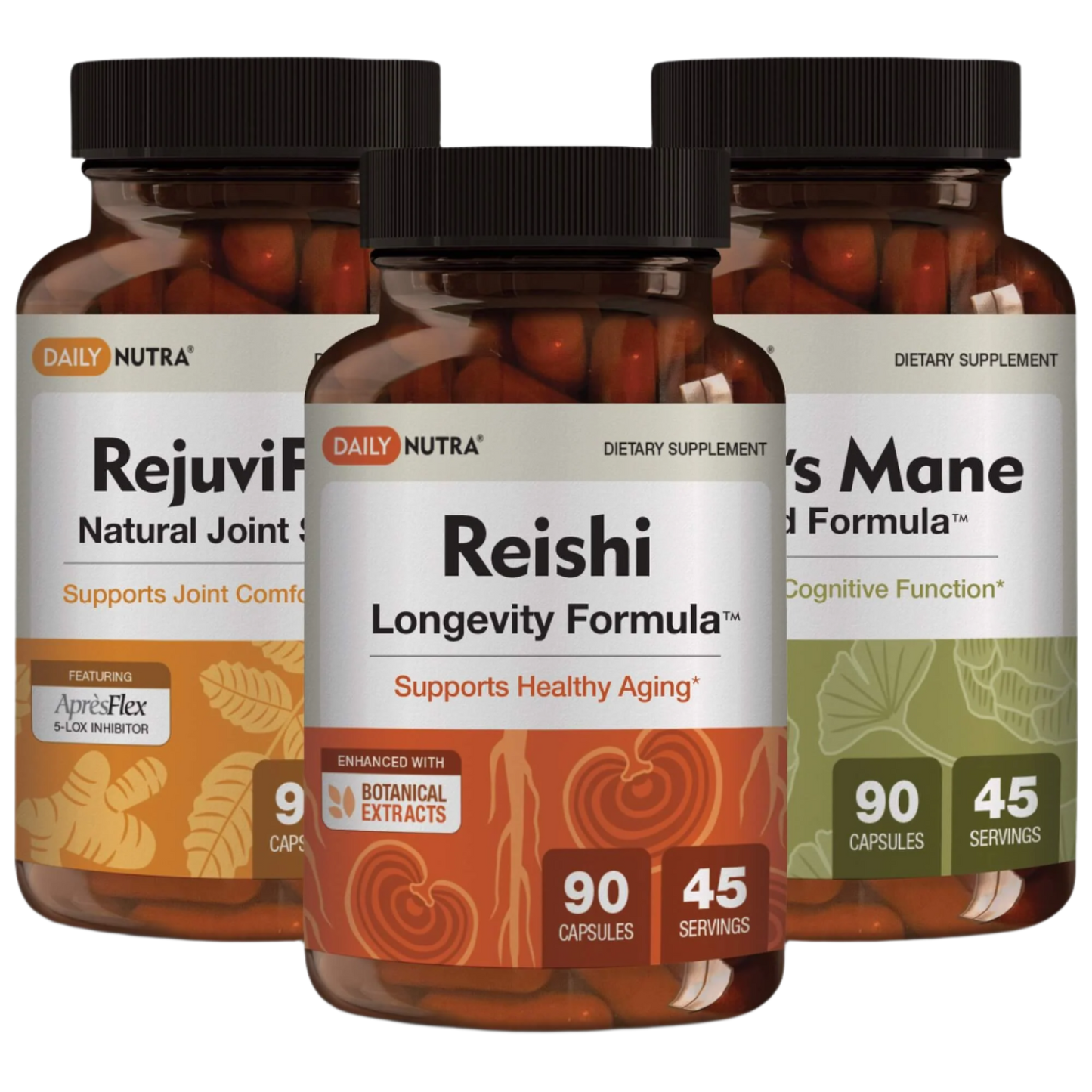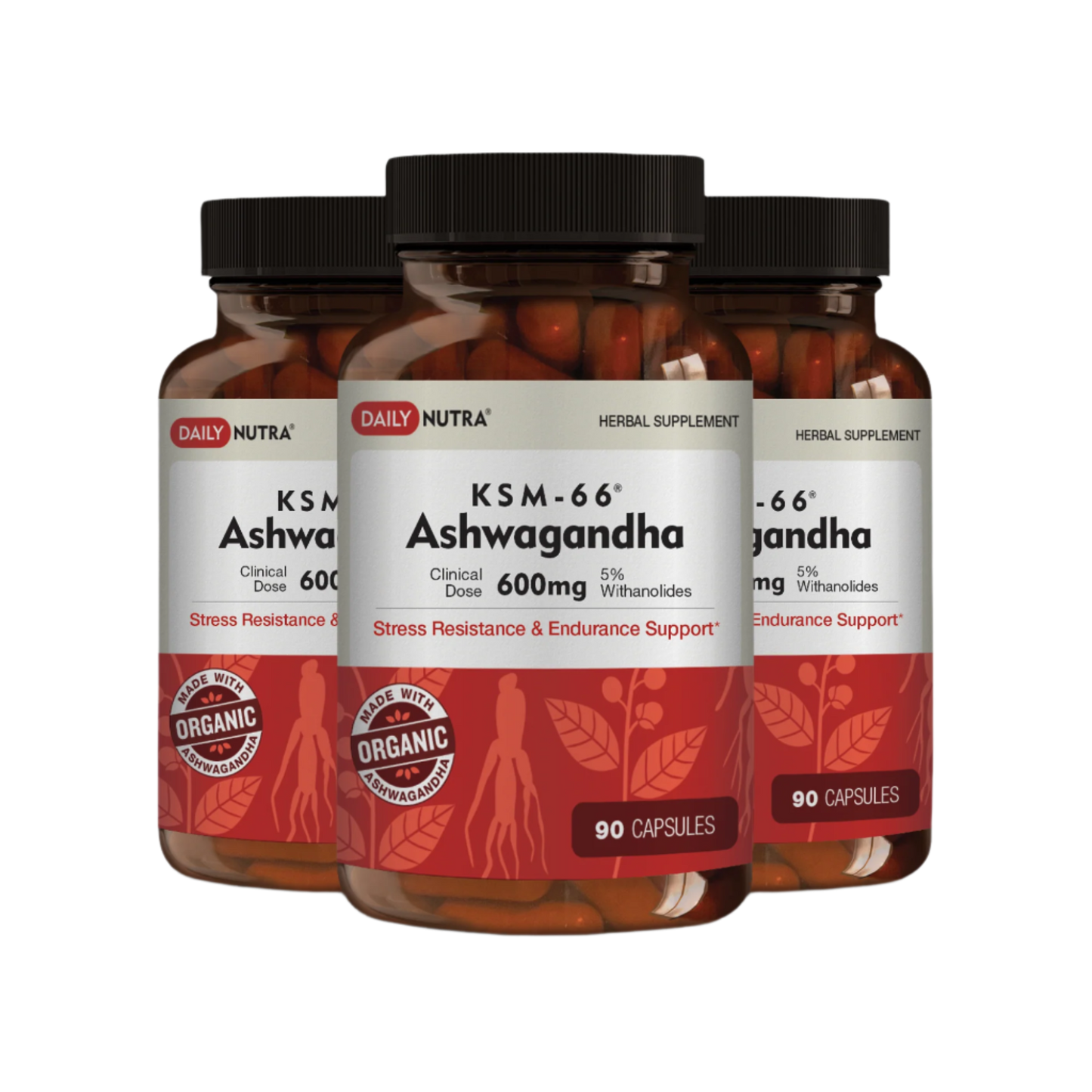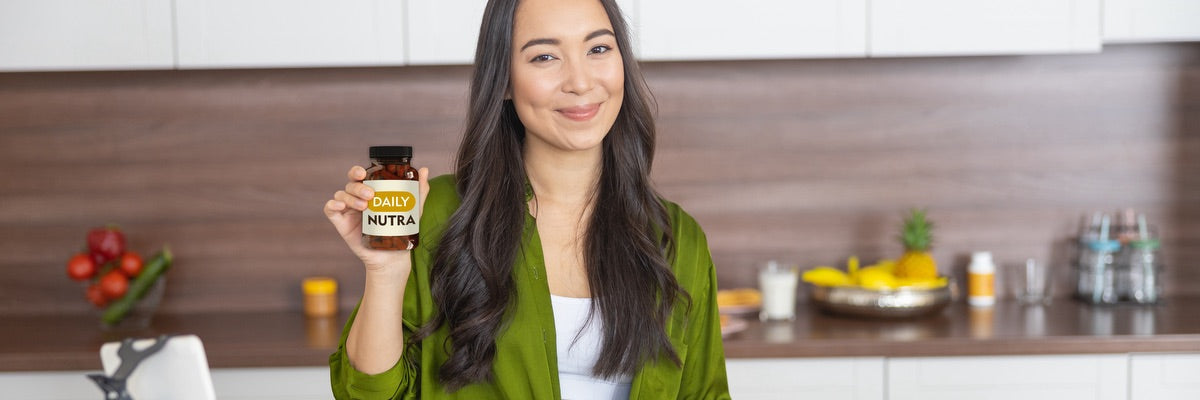
Despite the fact that turkey tail mushrooms have been used for centuries, contemporary science has only recently started to comprehend what ancient cultures have long understood.
They’re not just earthy little polypores.
They’re functional medicine in fungal form.
Packed with polysaccharopeptides like PSK and PSP, turkey tail is known for its immune-boosting, gut-balancing, and anti-inflammatory properties (1).
But here’s the catch: most people pay top dollar for powdered turkey tail from supplement companies without ever asking how it’s made—or if it's fresh (2).
That’s where DIY comes in.
Making your own turkey tail mushroom powder isn’t just more affordable. It’s more empowering, more potent, and more connected to nature than anything that comes out of a capsule.
First, Understand the Mushroom You’re Working With
Before you start grinding up turkey tails like a kitchen wizard, you need to understand the organism itself.
Turkey tail is a tough, leathery bracket fungus found on dead hardwood trees.
It’s not like soft button mushrooms or even fleshy shiitakes.
These are fibrous, woody, and practically inedible raw.
That’s why powdering is key.
You’re not cooking it for flavor. You’re transforming it for absorption.
The process you’re about to learn turns this wild fungus into a fine, bioavailable powder that you can add to smoothies, teas, or tincture blends.

Step One: Harvest or Source with Intention
If you’re harvesting wild turkey tail, you need to be 100% sure you’re identifying it correctly.
Rosettes should have a fuzzy texture on top, white undersides (not yellow or brown), and noticeable banding.
It should grow on dead hardwood like oak or maple, never on pine.
If foraging isn’t your thing, buy dried turkey tail from a reputable organic supplier. Either way, make sure they’re fully dried, clean, and free of mold or insects.
Step Two: Drying and Curing for Powder Perfection
If your mushrooms aren’t fully dry, you need to fix that first.
Even a little moisture will mess up the grinding process and ruin your powder’s shelf life.
Use a dehydrator on the lowest setting overnight, or place them in a low oven with the door cracked.
You want them brittle—snapping clean when bent, not bending or rubbery.
Don’t skip this.
Drying isn’t just for storage. It changes the internal chemistry, preparing the mushroom for powderization and extraction (3).
Step Three: Time to Grind the Turkey Tail
Now that your turkey tail mushrooms are bone-dry, it’s time to turn them into powder.
A high-powered coffee grinder or spice mill works best. If you’re going big, a Vitamix dry container can do the trick.
Break the dried mushrooms into smaller pieces by hand, then pulse them into a coarse powder.
Go slow.
You’re aiming for consistency, not dust clouds.
After the first grind, sift the powder through a fine mesh strainer or sieve. Re-grind the larger bits until everything is uniform.
The result should be a fine, earthy powder with a smell that’s rich, foresty, and almost sweet.

How to Store Turkey Tail Mushroom Powder for Maximum Potency
Now that you’ve made your own turkey tail mushroom powder, you want it to last.
Keep it out of direct sunlight and heat in an airtight glass jar. A dark pantry or cupboard is ideal.
Make sure no moisture gets in—that’s how you lose potency and invite spoilage.
Properly stored, your powder can retain its medicinal properties for up to a year. But you’ll probably use it much faster than that.
Especially once you realize how good it makes you feel.
How to Use Turkey Tail Powder in Daily Life
This isn’t culinary mushroom powder. You’re not using it to season pasta.
This is functional medicine.
Most people add half a teaspoon to smoothies, mix it into coffee, or stir it into warm tea.
You can also use it in dual-extraction tinctures or blend it with other adaptogens for synergistic effects.
Although turkey tail powder has a mild flavor, it has a strong effect. There won't be a miracle overnight. Expect momentum.
Over time, it builds immune resilience, strengthens your microbiome, and supports energy without stimulants.

Final Remarks
Making turkey tail mushroom powder at home might seem like a niche wellness hobby.
But in reality, it’s a radical act of self-care.
You’re skipping the markup, bypassing the mystery, and getting closer to the source of real functional health.
And once you experience the feeling of using your own wildcrafted powder—created with your own hands—you may never buy another supplement again.
💪Want to take your wellness into your own hands? Start taking your own turkey tail powder today 🌿
FAQs on How to Make Turkey Tail Mushroom Powder at Home Without Guesswork
Can I make turkey tail powder from fresh mushrooms?
No, they must be fully dried first. Fresh mushrooms won’t grind properly and can spoil quickly.
Do I need to cook turkey tail powder before using it?
For full medicinal benefit, you should brew it in hot water or use it in tinctures. Raw powder is hard to digest.
How do I know I’ve harvested real turkey tail?
On hardwood, keep an eye out for growth, fuzzy tops, and white underneath. Seek advice from a local mycologist whenever possible.
Can I use turkey tail powder every day?
Yes, daily use is safe for most people and can support immune health over time.
Does turkey tail powder have a strong taste?
Its subtle, earthy flavor goes nicely with tea, coffee, and smoothies.
Related Studies
1. Title: Polysaccharide‑K (PSK) – Krestin
PSK is a protein-bound β‑glucan from Trametes versicolor approved in Japan as an adjuvant therapy, shown to enhance natural killer and T‑cell activity.
DOI: 10.1095/s46914-024-02411-6
2. Title: A comprehensive literature review on Trametes versicolor phytochemicals
Reviews multiple bioactive compounds from turkey tail—including polysaccharides and phenols—demonstrating immunomodulatory, prebiotic, antioxidant, and anti‑inflammatory effects
DOI: 10.1007/s42452-024-05936-9
3. Title: In vitro bioactivity, antimicrobial and anti‑inflammatory efficacy of modified solvent evaporation assisted Trametes versicolor extract
Demonstrates that specific drying and extraction techniques maximize retention of phenolics, flavonoids, and anti‑inflammatory compounds in T. versicolor
DOI: 10.1007/s13205-020-02397-w





